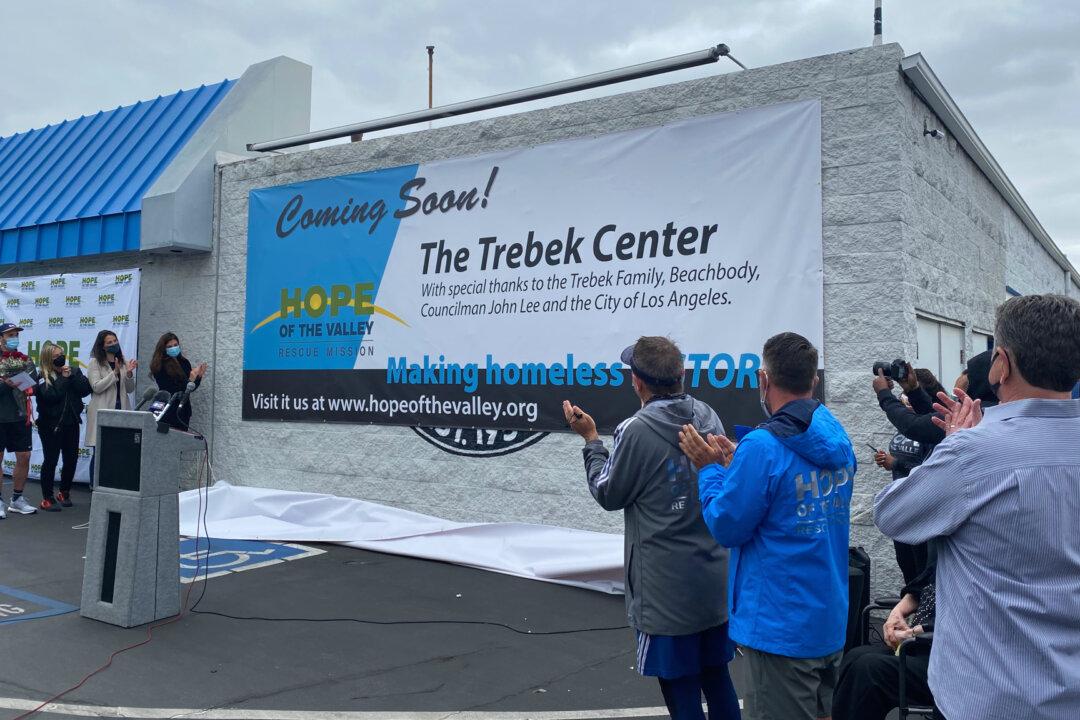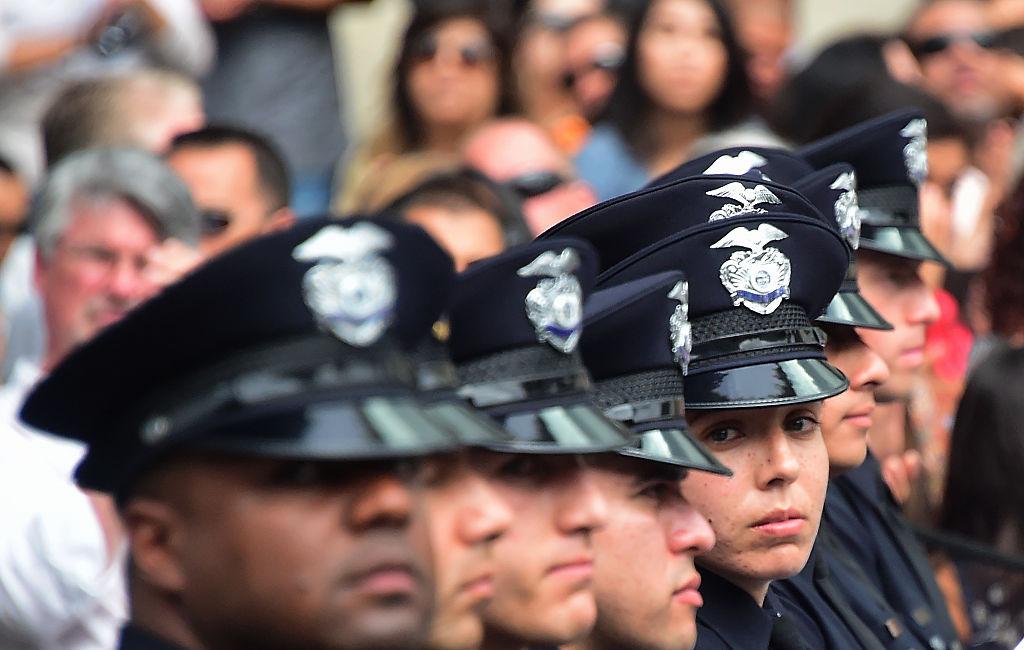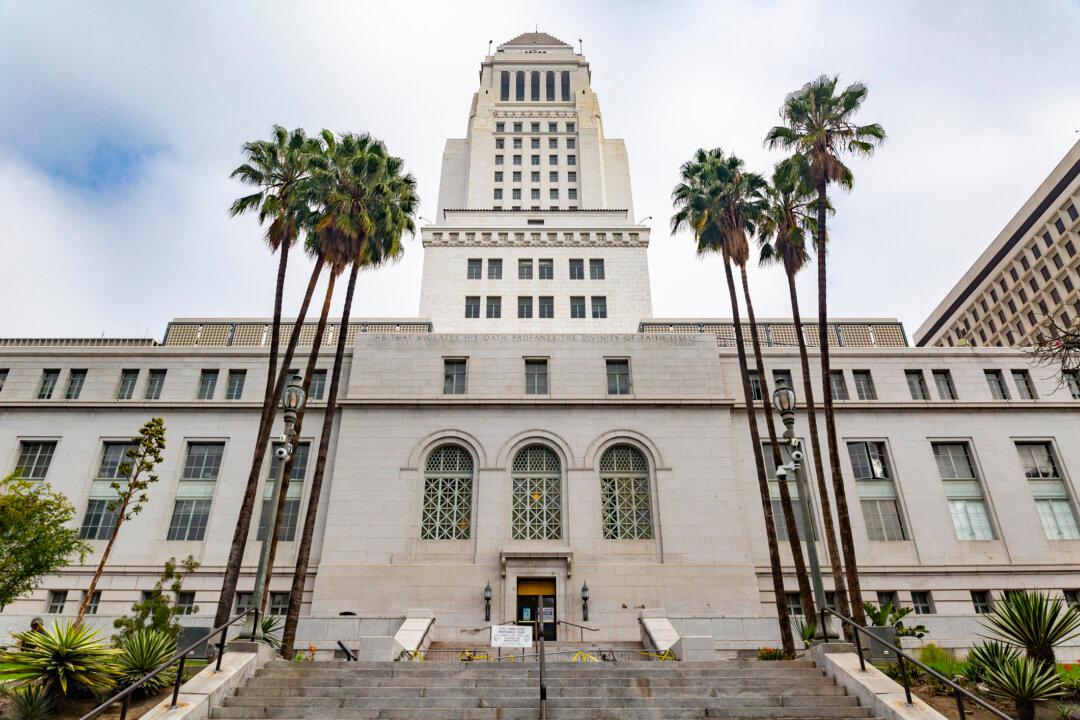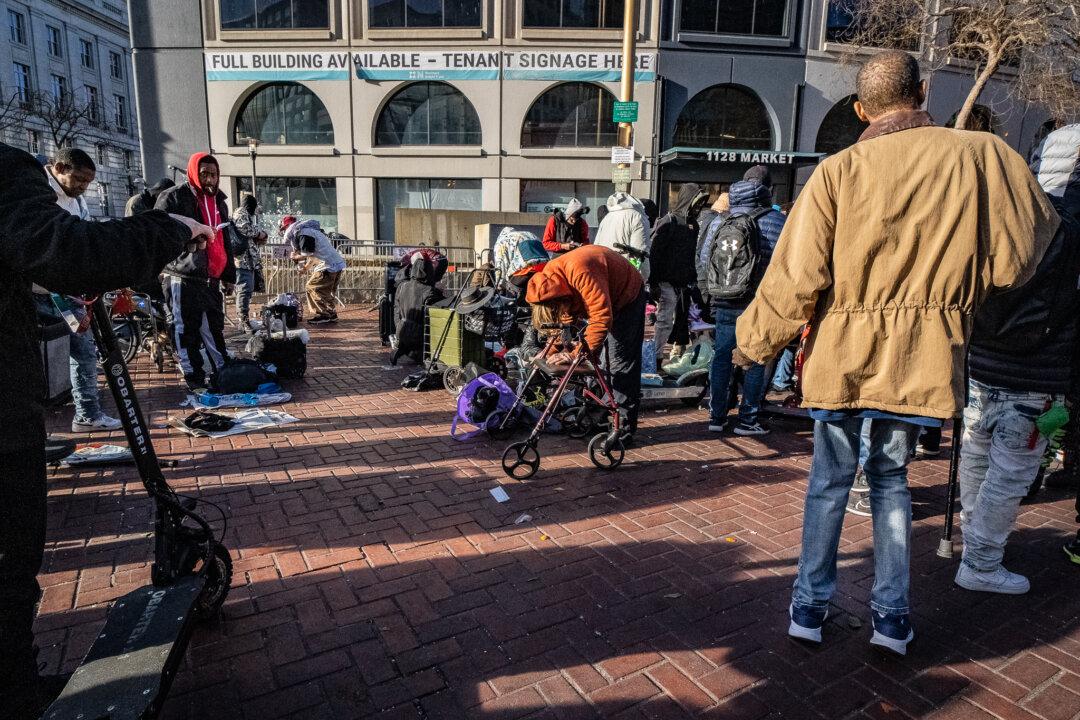LOS ANGELES—When San Diego stopped issuing strip club licenses and a local club went up for sale, a church bought it to create a shelter for human trafficking survivors.
When the pandemic bankrupted a family favorite roller rink that had been in Los Angeles for more than 40 years, a project to turn it into bridge housing for the homeless got underway.





